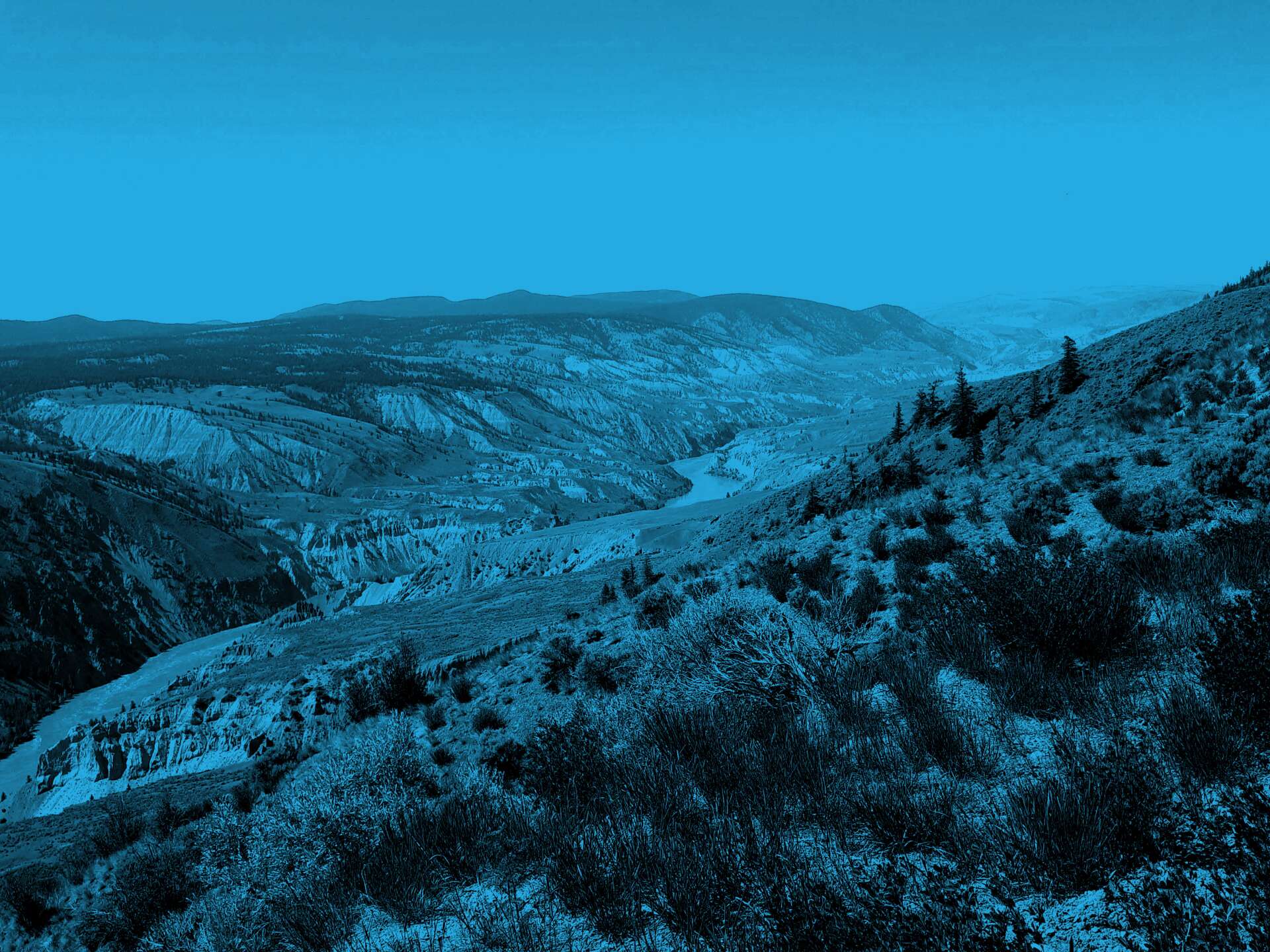Case Comment on Grassy Narrows v. Ontario (Natural Resources), 2014 SCC 48
Today’s Grassy Narrows decision from the Supreme Court of Canada places a heavy legal burden on provincial governments when they seek to exploit Indigenous lands covered by the historical treaties of Canada. The challenge now is for First Nations to hold the provinces to account.
What it is about
Between 1871 and 1923, Canada negotiated 11 numbered treaties with First Nations across the country, including the Anishinaabe of Treaty 3 in northwestern Ontario and eastern Manitoba. With slight variations, each treaty allowed for the ‘taking up’ of lands for non-Indigenous settlement, mining, lumbering and other purposes. The primary issue in Grassy Narrows is what limits exist on Ontario’s ability to exercise the taking up clause in Treaty 3.
After one of the longest and most thorough treaty interpretation trials in Canadian history, Justice Sanderson of the Ontario Superior Court of Justice confirmed the Anishinaabe understanding that Treaty 3 was made with Canada, not Ontario. This, coupled with Canada’s exclusive responsibility for “Indians, and lands reserved for the Indians” under the Constitution, meant that only Canada can issue forestry authorizations that significantly affect the exercise of treaty rights.
A unanimous Ontario Court of Appeal disagreed. Relying heavily on the Privy Council’s 1888 decision in St. Catherine’s Milling, the Court held that Ontario’s ownership of Crown lands in Treaty 3 left no role for the federal government in land-use decisions affecting treaty rights. To involve Canada, said the Court, would create an “unnecessary, complicated, awkward and likely unworkable” process.
Grassy Narrows First Nation and Wabauskang First Nation both appealed to the Supreme Court. They argued that the Court of Appeal erred by failing to confirm the federal government’s role in implementing Treaty 3 based on both the specific wording of the treaty and Canada’s exclusive responsibility for First Nations under the Constitution.
What the Court said
The Supreme Court confirmed Ontario’s unilateral authority to take up lands in the Keewatin area of Treaty 3 without federal government supervision.
The Court also confirmed Ontario has all the constitutional obligations of the Crown, is bound by and must respect the Treaty, must fulfill treaty promises and must administer ‘Crown’ lands subject to the terms of the Treaty and First Nations’ interest in the land.
Consequently, Ontario’s exercise of its powers must conform with the honour of the Crown and is subject to the Crown’s fiduciary duties when dealing with Aboriginal interests.
When lands are intended to be taken up by Ontario, the province must consult, and if appropriate accommodate, First Nation interests beforehand. Ontario must also deal with First Nations in good faith and with the intention of substantially addressing their concerns. It cannot exclude the possibility of accommodation from the outset.
As explained in the Supreme Court’s 2005 Mikisew decision, if a taking up were to leave the First Nation with no meaningful right to hunt, trap or fish, a potential action for treaty infringement will arise.
Finally, relying on its recent decision in Tsilhqot’in, the Court held that if a taking up amounts to an infringement of the treaty, it is open to the province to attempt to justify the infringement under the test laid down in Sparrow and Badger.
Why it matters
While technically a ‘loss’ for Grassy Narrows and Wabauskang, the decision will most likely prove a powerful tool for ensuring that Ontario, and other provinces, respect treaty rights.
The Court was unequivocal that while Ontario can exercise its interests in Crown lands, its authority is subject to Treaty and is burdened by the Crown’s constitutional obligations, including fiduciary obligations.
The decision should be read as a companion case to Tsilhqot’in (see my earlier comment). There the Court confirmed that unless they can obtain First Nation consent, the provinces must justify infringements of Aboriginal title—an extremely heavy legal burden.
Except for instances where lands are being taken up, i.e. put to a visibly incompatible use, based on Grassy Narrows it is now arguable that the provinces must also obtain First Nation consent or justify infringements of treaty rights.
Ontario’s ‘win’ in Grassy Narrows has come at a high cost. Ontario, and other provinces, can now expect to be held to higher standards when seeking to develop Indigenous lands. Where before they were able to argue that their obligations were restricted to the less onerous duty to consult, they are now liable for the heavy burden of justifying infringements of treaty rights.
Read my earlier post on Grassy Narrows, a.k.a. Keewatin.
Bruce McIvor, lawyer and historian, is principal of First Peoples Law Corporation. He is also an Adjunct Professor at the University of British Columbia’s Allard School of Law where he teaches the constitutional law of Aboriginal and Treaty rights. Bruce is a proud Métis from the Red River in Manitoba. He holds a Ph.D. in Aboriginal and environmental history and is a Fulbright Scholar. A member of the bar in British Columbia and Ontario, Bruce is recognized nationally and internationally as a leading practitioner of Aboriginal law in Canada.
Follow Bruce on LinkedIn and Twitter
For more First Peoples Law analysis, visit our blog
Sign up for our Aboriginal Law Report
